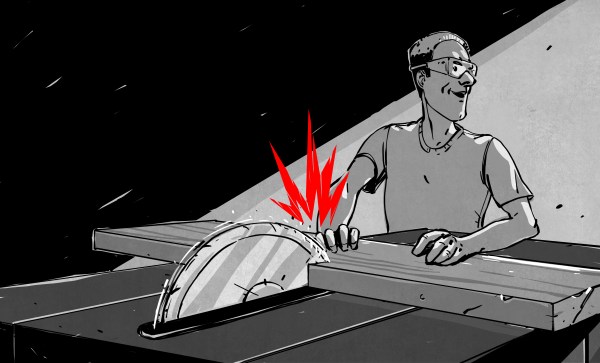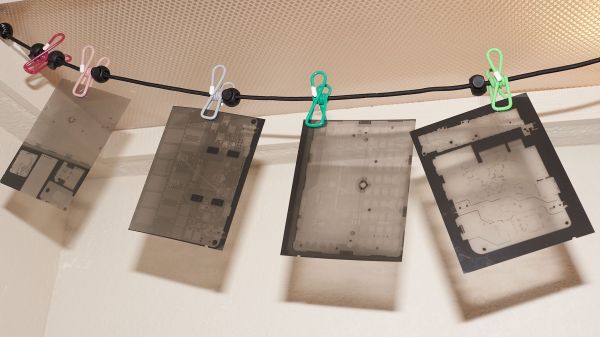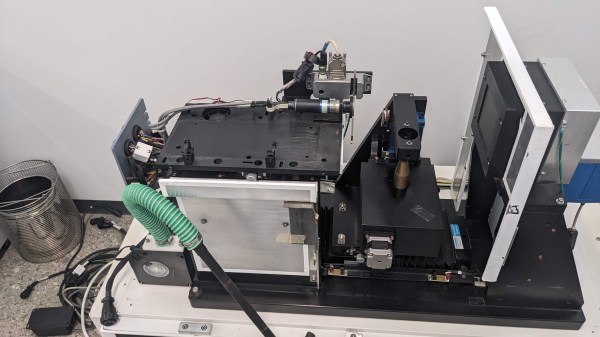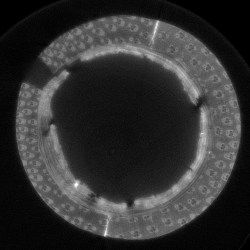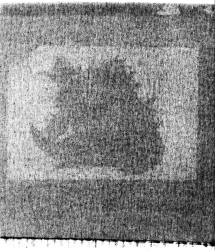Last week, [Al Williams] wrote up a his experience with a book that provided almost too much detailed information on how to build a DIY x-ray machine for his (then) young soul to bear. He almost had to build it! Where the “almost” is probably both a bummer because he didn’t have an x-ray machine as a kid, but also a great good because it was a super dangerous build, of a typical sort for the 1950s in which it was published.
Part of me really loves the matter-of-factness with which “A Boy’s First Book of Linear Accelerators” tells you how you (yes you!) can build a 500 kV van der Graff generator. But at the same time, modern me does find the lack of safety precautions in many of these mid-century books to be a little bit spooky. Contrast this with modern books where sometimes I get the feeling that the publisher’s legal team won’t let us read about folding paper airplanes for fear of getting cut.
A number of us have built dangerous projects in our lives, and many of us have gotten away with it. Part of the reason that many of us are still here is that we understood the dangers, but I would be lying if I said that I always fully understood them. But thinking about the dangers is still our first and best line of defense. Humility about how well you understand all of the dangers of a certain project is also very healthy – if you go into it keeping an eye out for the unknown unknowns, you’re in better shape.
Safety isn’t avoiding danger, but rather minimizing it. When we publish dangerous hacks, we really try to at least highlight the most important hazards so that you know what to look out for. And over the years, I’ve learned a ton of interesting safety tricks from the comments and fellow hackers alike. My ideal, then, is the spirit of the 1950s x-ray book, which encourages you to get the hack built, but modernized so that it tells you where the dangers lie and how to handle them. If you’re shooting electrons, shouldn’t the book also tell you how to stay out of the way?

